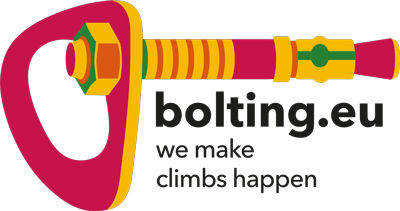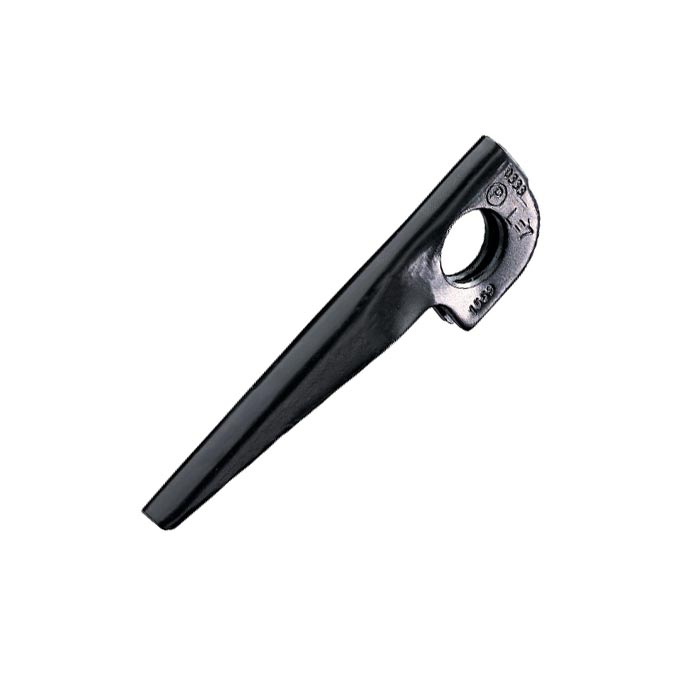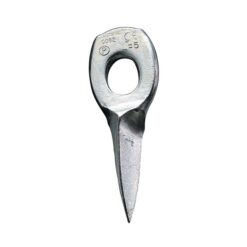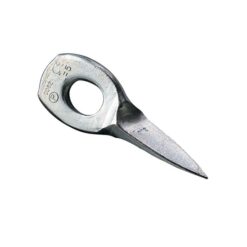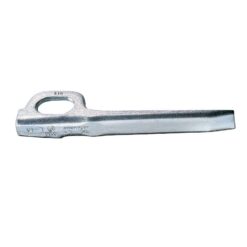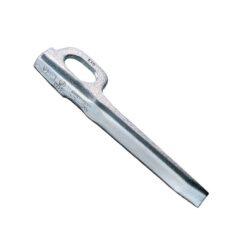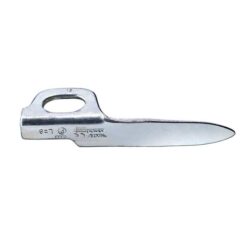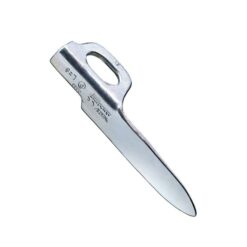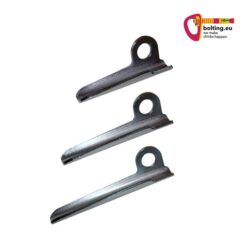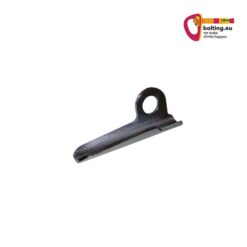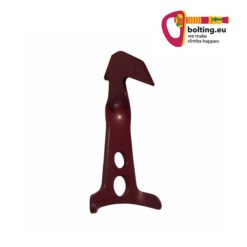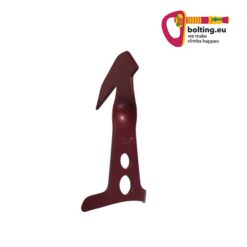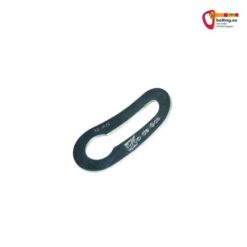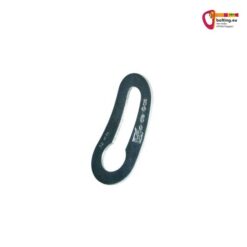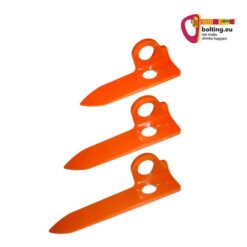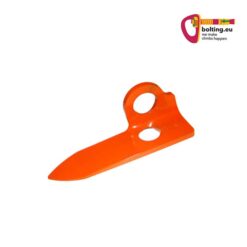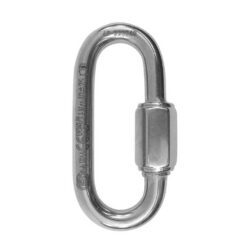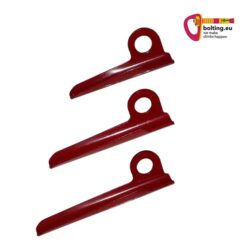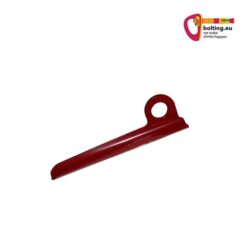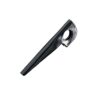Shop » Petzl V Conique piton
Petzl V Conique piton
€ 14,00 – € 15,00
incl. VAT zzgl. Versandkosten
- Manufacturer: Petzl
- Material: hard chrome steel
- Shank lengths: 7cm and 11cm
- Weight: 75 grams and 95 grams
- small, round carabiner eyelet
- especially for granite
- for narrow to medium-width cracks and crevices
Description
The Petzl V Conique is a classic hard steel piton made of high carbon steel. It is also known as a “V profile hook”.
This hook is available in two lengths. On the one hand with 7cm shank length (11cm total length). And the other with an 11cm shank length (total length 15cm).
The characteristic feature is the aforementioned V-profile. It enables the piton to wedge itself properly into cracks, fissures and behind scales if the width is suitable. The greater the deformation of the V, the better the hook holds. This can be recognized by the classic “singing” of the hook.
Conclusion. Anyone looking for a classic V-Profl hook has found a great option here.
Features Petzl V Conique piton
- Manufacturer: Petzl
- Material: hard chrome steel
- Shank lengths: 7cm and 11cm
- Weight: 75 grams and 95 grams
- Small, round carabiner eyelet for 1 carabiner
- especially for granite
- for narrow to medium-width cracks and crevices
- Instructions for use
Two dimensions
The Petzl V Conique piton is available in two dimensions. These differ firstly in their length. And secondly by their width or height.
The smaller version is max. 1.8 cm wide and 1.2 cm high at the shaft, the larger version is 1.8 cm wide and 1.8 cm high.
Consequently, the two models can cover very different placements.
Petzl V Conique piton = hard chrome steel
This piton is intended for use in granite. This is because it is made of hard chrome steel. This is an alloy that is more suitable for hard rocks than soft alloys.
This is because harder steels have proven to be far more practical for frequent use of a hook in granite. They also have slightly better corrosion resistance. This is further enhanced by a black paint finish.
bolting.eu Practice Tip
Use a slightly larger rock hammer for your hook set. Just 50 grams more weight often gives you a much better “pull” when striking.
Very light hammers can often be tedious when setting hooks. Because the calculation is clear. The higher the impact energy, the easier the hook goes into the rock. In addition to the strength in the arm, the weight of the hammer is an important factor.
Additional information
| Weight | N/A |
|---|---|
| Dimensions | N/A |
| Marke | Petzl |
| Felshaken Stahltyp | Hard steel hooks |
| Felshaken Länge | 70mm, 110mm |
Product safety
You may also like…
incl. VAT
incl. VAT
Ähnliche Produkte
incl. 20% VAT
